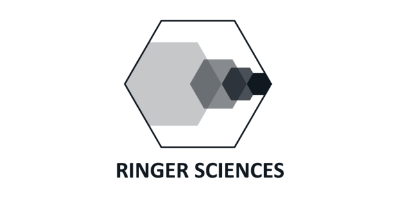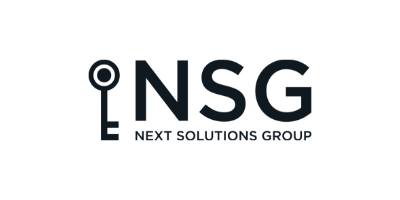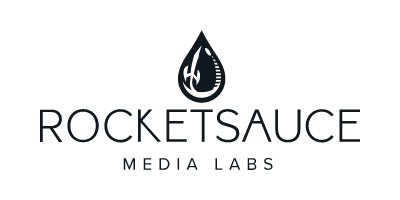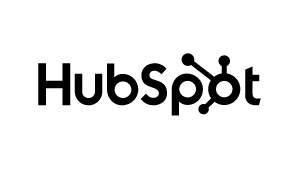We are already a week into 2020, and it is obvious that this will be a challenging and opportunistic decade for business.
Not since I was managing staffing efforts for EDS and SAIC to deal with legacy systems integration and Y2K compliance projects have I seen so much transformation be requisite for business performance and today, compulsory by law. Back in ‘99, it was a combination of job security and paranoia that had projects being shipped off to Bangalore and Chennai (New Jersey, at times) on a weekly basis. When we woke up hungover on January 1, 2000, we realized that so many of our fears of the world ending under the knife of ones and zeroes were largely unfounded and we moved onward with business as usual. So, you want a Flash intro to your website?
Then, ten years later under the intoxication of the first generation of smartphones and a young MySpace and Facebook, the world applied the term “big data” to what many thought was merely a need for new data centers, and many analysts forecasted the death of the desktop. Still, major software vendors marched forward with no intention of sharing data with other products and tools, and the world’s consulting giants sold systems integration projects to anyone who would buy them as multimillion dollar engagements that may last years. Sharepoint, anyone?
Here we are standing on the edge of a new decade; “2020”, a number that we have for years considered a distant future when science fiction becomes reality with robots cleaning our toilets, cars flying and time travel a luxury. While so much of what we’ve dreamed of and seen in movies is now possible, it is not always plausible for business to push technology as the answer to customer needs or operational challenges. It’s about behavior and human nature, not technology, I’ve often quipped.
I’m on my way to the Consumer Electronics Show 2020 (CES) to support a client and review so much of the rightful excitement and foolishness that exists in a prototypical state searching for purchase orders. I’m sure to run into artificial intelligence, robots, drones and thousands of gadgets and machines purporting to make life better. We shall see. This being my twelfth CES, I plan to invest my time in Vegas this week discussing the following priorities we have mapped out for 2020:
1. Customer privacy and data security (finally) get respect
Every website and mobile application brought to life in the past ten years has had some form of a “privacy statement,” explicitly stated as such or buried deep into terms and conditions as part of user and credit card agreements. Since its implementation in May 2018, the European Union’s General Data Protection (GDPR) has had marketers and digital strategists mostly seeing the law as a continental concern that doesn’t include the United States. That all changed on January 3, 2020, with the California Consumer Privacy Act (CCPA) going into force. Many analysts see CCPA as a move to limit and/or punish big tech firms, and we at Brain+Trust see this as a legislative mandate for data governance and a command to better know customers and their preferences. Remember in February 2009 when the FCC forbid us from buying analog spectrum televisions? Getting your data in order and respecting the will of customers for you to leverage and protect that data will be the highest priority for 2020.
TIP: Install Osano’s Privacy Monitor on your browser, and learn how your data might be used today by the sites you visit.
2. Personalization will (start to) pivot to individualization
Directly related to data governance and privacy, it is no longer acceptable to send identical content and offers in a uniform manner to everyone in your CRM or marketing automation tool(s). Digital and programmatic media is also a risky investment, as billions of ad dollars have been wasted by fake clicks. Through implementing a customer data platform (CDP) and unifying 100% of your customer, media and operational data, a brand may save millions, improve customer satisfaction (CSAT) scores and capitalize on programmatic opportunities to individualize media and customer experience efforts. This is where our strategic CDP partners and other platforms that manage customer data at the edge, rather than the cloud, stand to empower a competitive advantage to brands. While at CES, I’m sure to start many conversations with a review of API documentation and seeing who does and who doesn’t have a CDP in use today.
3. Mobility and logistics will be (big) priorities for every brand

From the many modes that workers use today in getting to and from the office, to how products and services are delivered to customers, transportation has always had influence on productivity and operational expenses. We’ve been closely monitoring adoption rates for urbanization, car sharing, transportation networked companies (TNCs, “ridesharing”) and electrification since 2016. Since then, we’ve been working with several automotive and energy brands in developing new services and products that will grow revenue beyond traditional oil, gas and petrochemical business operations. Stay tuned, as later this month we will be announcing details on our partnership with Electrify Expo, which will be North America’s largest e-mobility show.
4. Competition for the connected home will be (even more) competitive
Some of the foremost threats to customer privacy are coming from smart speakers and video doorbells. At this time last year, a joint study from NPR and Edison Research found that 21% (or 53 million) of Americans 18+ owned at least one smart speaker (the majority of those either Google or Amazon products), and we have found that many (majority, maybe) of those homes also have a Ring (Amazon) or Nest (Google) video doorbell in use. The opportunity for two companies to capitalize on such audio (voice) and video (image/facial recognition) data, which they may keep forever, won’t sit easy with consumers for too much longer. Voice technology alleviates our addiction to motion video and digital screens, perhaps, but it will come at a price. In 2020, I wager we will see new players and familiar brands that enter the connected home market, many of whom will go it alone without relying on the operating systems and voice technology that dominates the space today. If you missed Tom Webster‘s talk this morning at Voice @ CES, I’m sure you’ll be seeing us share some of those insights here soon.
5. Customer Experience and Commerce (should) become frictionless across all points of the “journey”
When The Mobile Commerce Revolution was published in October 2014, I was allowing the Square Wallet mobile app to automatically pair with Square POS tablets at several coffee shops in Austin. As I parked or walked near those shops, my face would appear on the tablet on the counter. A few of those shops would have my Americano waiting for me as I walked in the door, even granting me a “regular” or “local” discount, and I would never have to present a payment card or use my smartphone in the shop. Presto, the only thing that could be more frictionless than this would be using my voice to have a drone deliver a hot Americano to me as I stood at my desk. 2020 is the year for B2C and B2B brands to embrace automation and deliver frictionless individual experiences at every single touchpoint across the customer journey, Join me in San Diego this April at Content Tech Summit, where I’ll provide a roadmap for any brand to do just that.
6. Location-Based Marketing will be (more) critical than ever before
For all the excitement surrounding technology, some of the most compelling advancements in the Internet of Things (IoT) and 5G connectivity will capitalize on location data. Still, 2020 will be the year where geopolitical events, the US General Election and general misinformation will drive more of us away from social media and digital media, challenging brands that now “follow” or track us as we move about our neighborhoods, stores and cities. Creative design, experiential marketing and out-of-home/outdoor media, so much of it physical and analog, will all be required to build customer happiness and grow revenue. If you are in Vegas on Thursday evening, reach me on Twitter and I’ll buy you a drink, maybe save you a seat at dinner. The Location Based Marketing Association and Brain+Trust are splitting the tab.
Stay tuned, as we dive deeper into these priorities and others over the coming month, including observations from CES.
#saddleup










